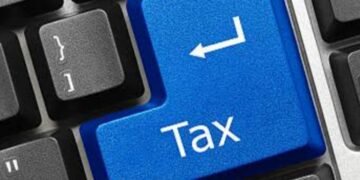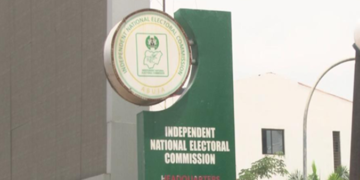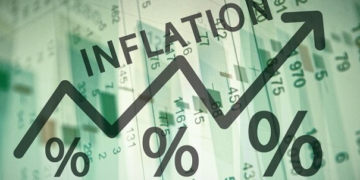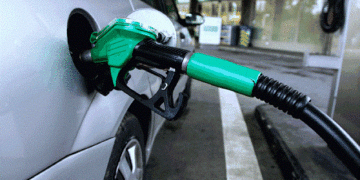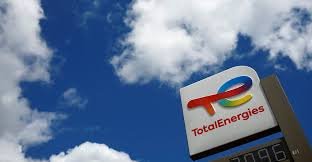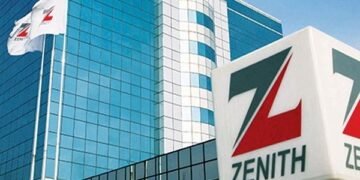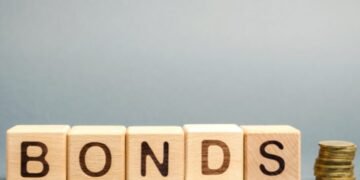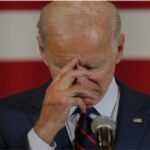(Greenwich Merchant Bank): The Nigerian economy posted a better-than-expected recovery of 0.11% YoY in the fourth quarter, beating our expectation of a 1.86% contraction, after growth faltered by 3.62% and 6.10% in the second and third quarters, respectively. The modest growth can mainly be attributed to the pick-up in the non-oil sector, a result of easing lockdown restrictions, due to a slowdown in the spread of the coronavirus pandemic. The oil sector, meanwhile, shrank by 19.76%. Though the recession was short-lived, GDP fell by its worst in over a decade to -1.92% YoY in FY:2020, following a growth of 2.27% YoY in FY:2019.
The oil sector reeled from the cut back in oil production volumes (output stood at 1.56mbpd as against 2.00mbpd in Q4:2019), and sub-par crude prices, which averaged USD45.26pb in the fourth quarter, compared to USD62.42pb in the corresponding quarter of 2019. This brought the sector’s contribution to an unimpressive 5.87ppts. All in all, the sector plunged by 8.89% by year-end, well below its growth in FY:2019 (4.59%).
- Read: FY 2020: Nigerian Breweries Plc reports 54.3% decline in profit
- Visit Investogist’s homepage for more articles
The non-oil sector was the main growth driver in Q4:2020, helped by the performance of the ICT (+12.90%) and Agriculture (+3.42%), as growth reached 1.69% YoY, better than the 2.51% contraction in Q3:2020, but lower than the 2.26% YoY growth in Q4:2019. Increased focus towards the Agriculture sector through the Anchors’ Borrowers Programme, along with other supportive measures yielded benefits for the sector, while the ICT sector reaped gains from increased demand for digital services underpinned, by the persistent restrictions on movement. On a yearly assessment, GDP shrank 1.25% YoY, compared to 2.06% in FY:2019, largely driven by weaker drops in the Manufacturing and Trade sectors, aided by pandemic-related issues, weak supply chains, and FX challenges. Altogether, seventeen (17) sectors edged up, against twenty-nine (29) sectors that registered losses.
The Nigerian economy unexpectedly exited its recession quicker than envisaged, as this was backed by growth in the non-oil sector. We note that the Government had expected the country would return to growth by Q1:2021. For the full year 2021, we updated our GDP forecast to 1.70%, on the back of an expected rebound in the oil sector, a lower base effect, and a gradual return to normal operating conditions in the non-oil sector.
For the oil sector, we reckon the tighter oil supplies and improved vaccinations are expected to continue to support oil prices up, which on February 17th hit its highest in over a year at USD64.34pb. The more stringent OPEC+ (OPEC and Russia) regulation adds another layer of hope to the anticipated uptick in oil prices. We, acknowledge, however, that this could create room for temporary production swings from countries like Russia. In this regard, we maintain our stance that crude prices should average USD55pb-USD60pd by the end of the year.
The non-oil sector should be supported by the continued growth in the Agricultural sector, boosted by the funding availability created by the CBN, as the economy benefits from the tailwinds of easier monetary conditions. That, plus sustained growth in the ICT sector, alongside the implementation of the government’s Economic Sustainability Plan (ESP), and capital projects execution as noted in the 2021 budget at NGN3.9tn (29.4%). By contrast, FX pressures, heightened inflationary pressures, and rising security concerns continue to remain a medium-term growth drag.
In the equities market, we do not expect any significant deviation from its current performance, despite the surprising rebound posted in the fourth quarter. However, the dramatic rise in yields has investors on the hook and might just be setting the equities market up for a fall.
New offerings in the fixed income space have been accompanied by upward trending yields, and increased investor participation buttressed by robust system liquidity. While we note that this raises pressure on debt servicing costs, we bear in mind the recent fiscal plan that looks to upscale the Debt/GDP threshold to 40% from the previous 25%.




